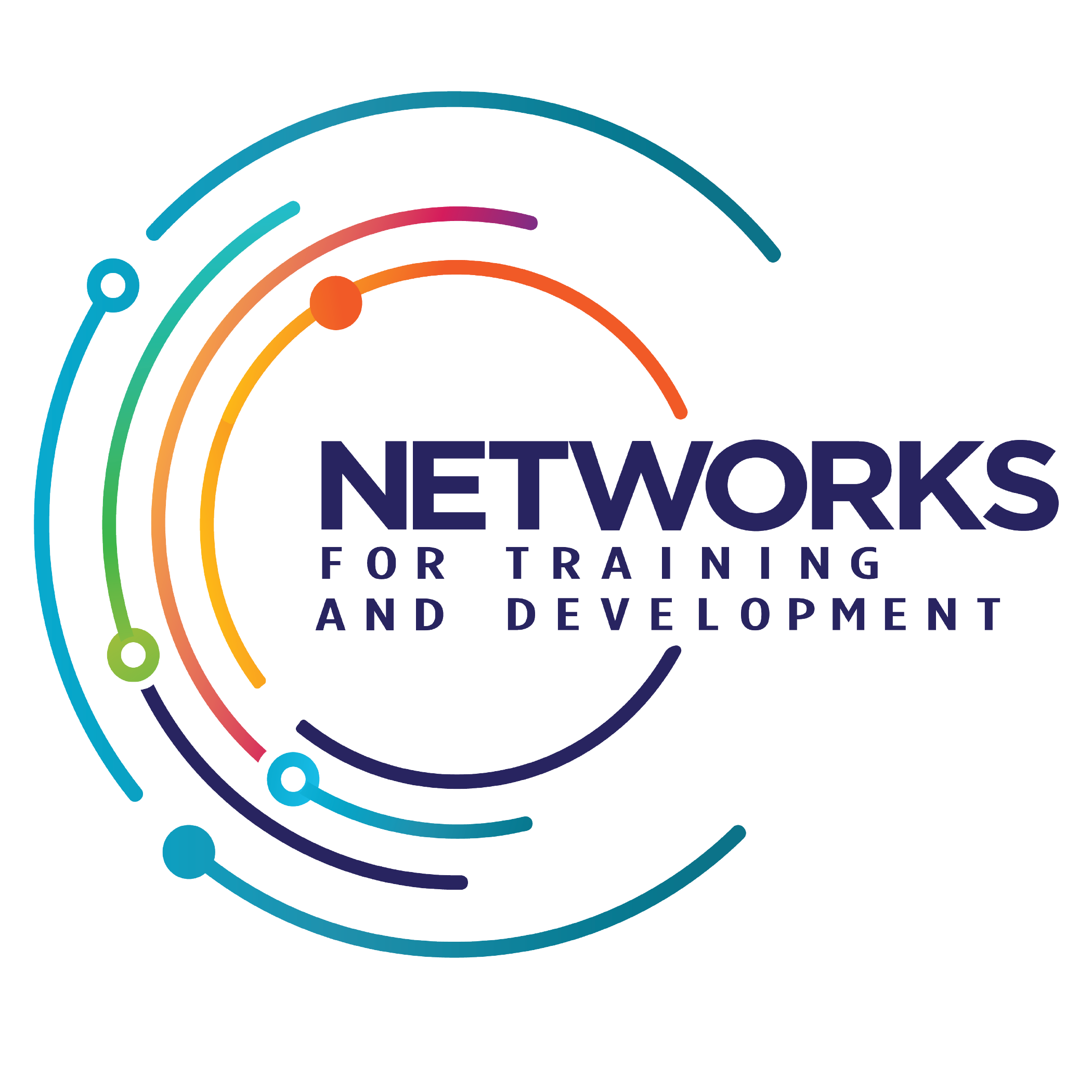
May 16th is the 13th Annual Global Accessibility Awareness Day! (also known as GAAD)
Digital accessibility refers to the ability of people with disabilities/impairments to independently consume and/or interact with digital (e.g., web, mobile) applications and content.
Digital inclusion has always been important, but as technology continues to be a major component a person’s daily experience and interaction, digital accessibility must continue to be at the forefront of every person’s mind particularly those who are MAKING the platforms and digital, consumable content… articles, blogs, journals, social media, video, audio… you name it. Let’s make sure every person can get the information and use the technology that is out in the world!
Did you know over one BILLION people globally have a disability. That is a lot of people!
People may experience one or a combination of:
Visual
People who are blind need alternative text descriptions for meaningful images and use the keyboard and not a mouse to interact with interactive elements.
Hearing
People who are deaf or hard of hearing will need captioning for video presentations and visual indicators in place of audio cues.
Motor
People with motor impairments may need alternative keyboards, eye control or some other adaptive hardware to help them type and navigate on their devices.
Cognitive
An uncluttered screen, consistent navigation and the use of plain language would be useful for people with different learning disabilities/impairments.
So why have an annual day? Well, the purpose of GAAD is to get everyone talking, thinking and learning about digital access and inclusion, and the more than One Billion people with disabilities.
Did you know… from both a civil rights and a business perspective, people with disabilities are underserved by today’s digital products.
What makes digital content accessible?
(source: https://dap.berkeley.edu/learn/what-digital-accessibility)
The Web Content Accessibility Guidelines (link is external) (WCAG, pronounced “wuh-cag”) are international standards that have identified four accessibility principles (link is external). These are sometimes known by the acronym, “POUR“:
Perceivable: People can perceive of content through at least one of their senses. Example: People who are Blind can use web content by having a screen reader read it to them.
Operable: People can use interactive elements, no matter how they are interacting with the content. Example: People who can’t use their hands should be able to click buttons using dictation software.
Understandable: People should be able to understand what the content means and how to use it. It should be predictable and consistent. Example: People using any device or assistive technology should be able to identify links and understand what happens when they click them.
Robust: When websites are designed according the best practices, people should be able to use them on any device or with any type of assistive technology.
Speaking of digital content… Let’s talk about social media accessibility!
What can you do? Here are some tips (but these certainly aren’t all of them!):
- Be sure to describe in the post description (no matter if it’s Instagram, Facebook, TikTok, etc.) the image (if you post an image). Be clear in the description of what is happening and also include any words that may be contained within the image
- If you use #hashtags and are stringing several words together, capitalize each of the individual words because #ItBecomesEasierToRead
- If you post a video and there is words on the screen, but no sound or just accompanying music, be sure to either have the video include a voice over description of the words (as well as the images) [psst… this is best practice] or include in the description what is happening in the video as well as the words which are appearing on the screen.
Want to read and learn more about this? Click HERE for an external link
So, now what?
All this to say, this is a massive topic with so many nuanced areas of focus. What can you do? To start, have accessibility be a focus and on your mind when creating content.
Try to have a broad section of people in mind.
Will what I put out into the digital world be able to be understood and read by someone with a cognitive disability?
Am I using plain language? (and by the way, here is a FANTASTIC resource to get start with plain language: https://www.plainlanguage.gov/resources/checklists/checklist/ ) [secret time, plain language is really hard for me and likely I have failed miserably in this blog post, but I’m always trying to get better].
Is someone with low or no vision able to understand this content?
What about someone who is hard of hearing or deaf?
Is someone who uses assistive devices to navigate on a tech platform able to get from point A to point B on the website I’m designing or the overall content I’m creating?
Listen, we all have to start somewhere. Let’s promise each other that inclusion is the name of the game and is an imperative. It just makes sense! The more people you can reach, the more people you can reach. Period.

